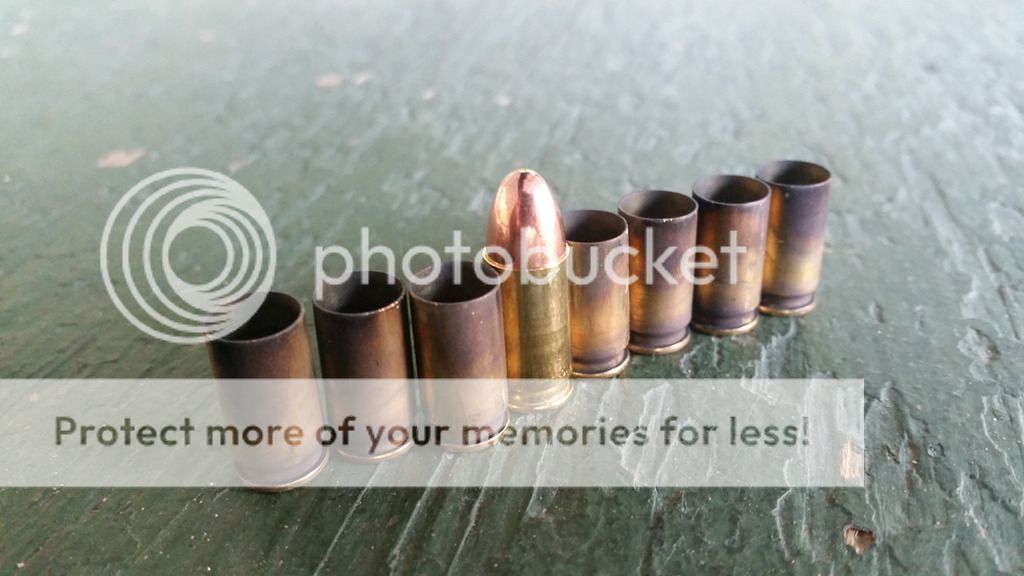slipknot
NES Member
I recently bought an AR-9 upper at a gun show and tried it for the first time on my lower. It uses Colt magazines and an adapter. The gun functions but the brass is so black and discolored I am guessing that the chamber must be very loose. Is this common among these? I don't expect it to be that accurate but 50 yards should be close. I shot out to 200 with it and it hit the beam all over the place so I am sure it is limited. I thought it would be good for steel challenge and steel shoots. If it is not normal I can ask the manufacturer if there is something they can do but I don't know since I have never owned one before.
thanks for any help or advice
thanks for any help or advice

